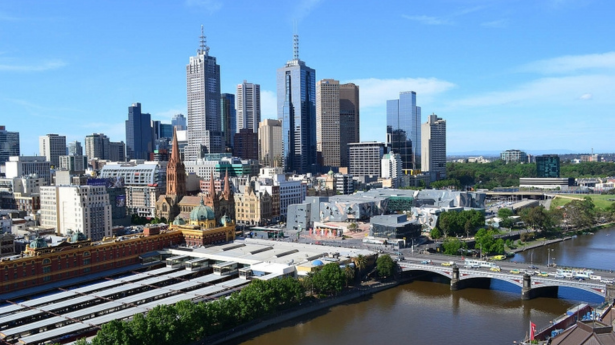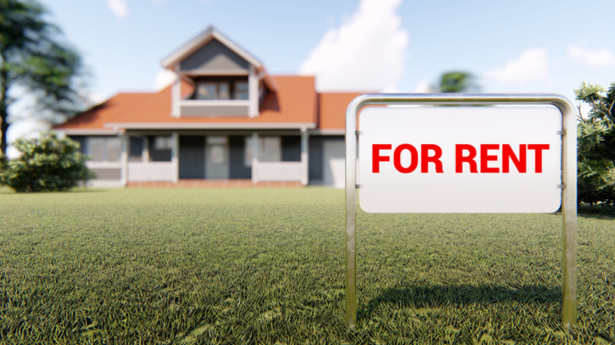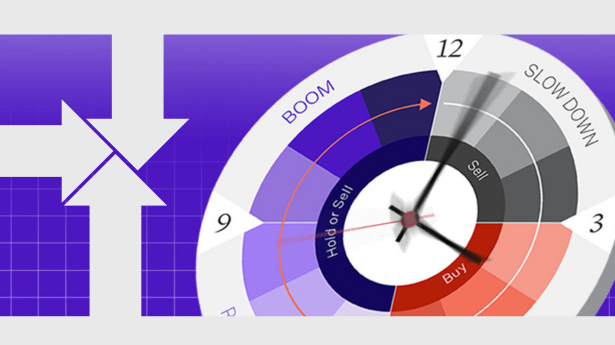Building approvals in Australia serve as a critical indicator of the country’s construction and real estate sectors’ health. For investors, understanding these approvals provides insights into potential growth areas and investment opportunities. This article delves into the recent trends in building approvals and what they mean for investors focusing on local development in 2025.
Understanding Building Approvals in Australia
Building approvals are formal permissions granted by local councils or state authorities, allowing the construction of residential or non-residential buildings. These approvals are essential for ensuring that proposed developments comply with building codes, zoning laws, and other regulatory requirements. The Australian Bureau of Statistics (ABS) regularly publishes data on building approvals, offering valuable insights into the construction industry’s trajectory.
Recent Trends in Building Approvals
In May 2025, the ABS reported a 3.2% increase in total dwelling approvals, reaching 15,212 units. Private sector houses saw a modest rise of 0.5% to 9,454 units, while private sector dwellings excluding houses experienced an 11.3% surge to 5,571 units. The total value of residential building approvals also climbed by 3.6%, amounting to $9.28 billion.
However, despite these positive figures, the overall number of approvals remains below the levels needed to meet the National Housing Accord’s target of 1.2 million new homes over five years.
Implications for Investors
For investors, building approvals data is a valuable tool for identifying emerging markets and assessing the viability of potential investments. An uptick in approvals often signals increased construction activity, which can lead to higher demand for housing and, consequently, potential capital growth. Conversely, a decline may indicate a slowdown, prompting investors to exercise caution.
Moreover, understanding the types of buildings being approved—such as high-density apartments versus single-family homes—can help investors align their strategies with market demand. For instance, areas with a surge in apartment approvals may cater to younger demographics or urban professionals, influencing rental yields and occupancy rates.
Regional Development Highlights
Building approvals vary significantly across Australia’s regions, reflecting local economic conditions, population growth, and policy initiatives.
- South Australia: Recorded the strongest growth in building approvals, with a 49.4% increase in seasonally adjusted terms.
- Western Australia, New South Wales, and Victoria: Each saw approvals rise by over 20%, indicating robust development activities.
- Queensland: Experienced minimal growth at 0.8%, suggesting a more cautious development environment.
- Tasmania: Faced a decline in approvals by 12.9%, highlighting potential challenges in the state’s construction sector.
These regional disparities underscore the importance for investors to conduct localized market analyses when considering investment opportunities.
Building approvals in Australia are a vital barometer for investors seeking to navigate the real estate market. By staying informed about approval trends and understanding their implications, investors can make strategic decisions that align with market dynamics. As the country strives to meet its housing targets, monitoring these approvals will remain crucial for identifying growth areas and optimizing investment portfolios.
___________________________________________________________________________
Internal Links:
- 2025 Australian Property Market Outlook: Trends & Forecasts
- Australian Property Market Forecast 2025: Key Insights and Predictions
External Links:







